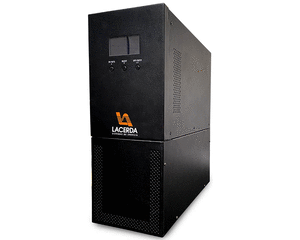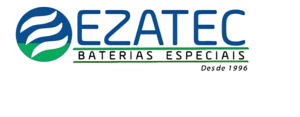Twelve-Step Voltage Source Inverter: A Three-Phase Six-Levels Inverter Using Planar Transformers Haitham KANAKRI, Euzeli Cipriano DOS SANTOS JR., and Maher RIZKALLA
Abstract—Multi-level inverters (MLIs) are becoming increasingly popular in high-speed motor drive systems for modern electric aircraft applications. However, two significant limitations are associated with current MLIs technology: (1) the high switching losses due to the high carrier switching frequency and (2) the complex modulation schemes required to maximize the DC source utilization. Consequently, the development of new topologies to mitigate these limitations is imperative for the rapid advancement of future electric aircraft systems. This paper introduces a six-level twelve-step inverter (TSI) that utilizes twelve switches and three planar high-frequency transformers. Implementing the proposed configuration ensures maximum DC source utilization, with a peak phase voltage of 5Vdc / 3. The proposed solution presents less semiconductor losses than the conventional MLIs, surpassing conventional MLIs, associated with neutral point clamped (NPC), flying capacitor (FC), and cascaded H-bridge (CHB). Experimental results demonstrate the TSI’s operation under static and dynamic conditions and its capability to function in three different modes: three-step, six-step, and twelve-step operations. The paper also offers a comprehensive design of the proposed planar transformer, supported by theoretical analysis, finite element analysis (FEA), and experimental validation.
VIEW FULL TEXT WEB: Page 263-273
https://file.cpss.org.cn/uploads/allimg/20240927/CPSS%20TPEA%20V9N3.pdf

.gif)









